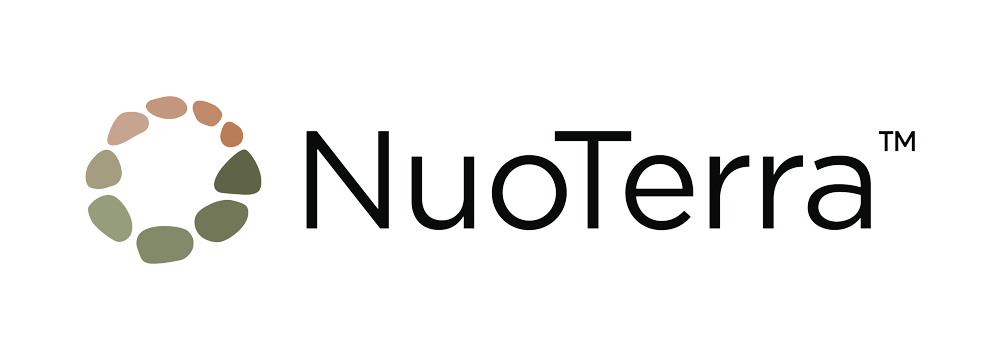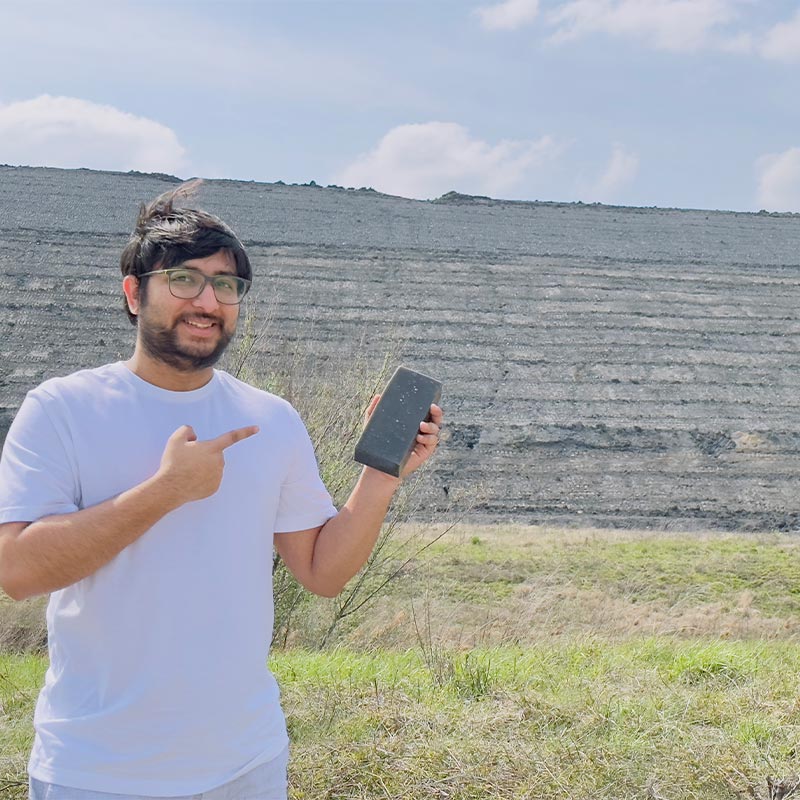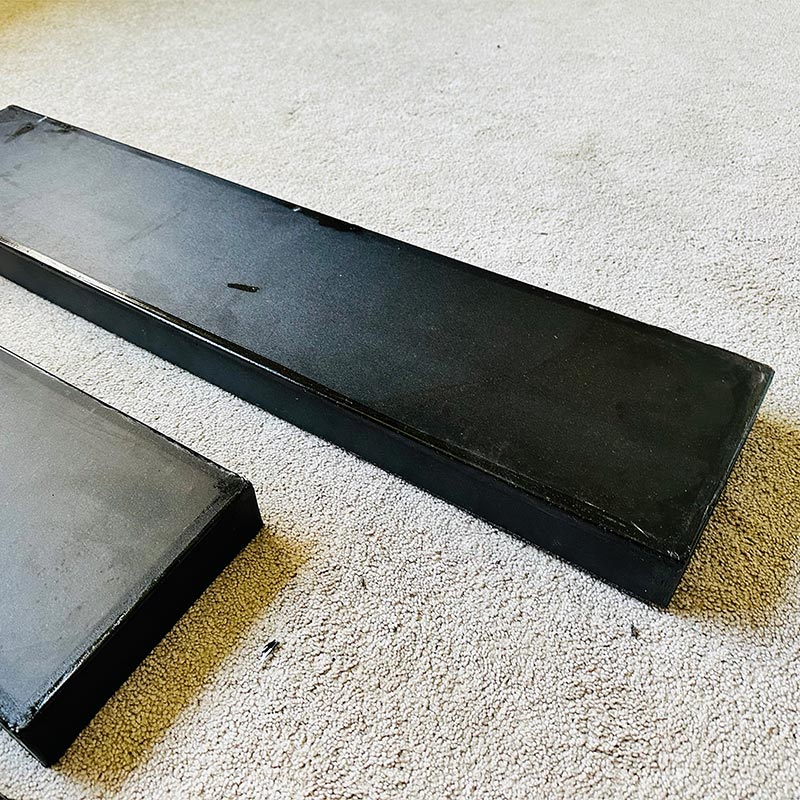GOBcrete
Problem
In U.S.A Bituminous coal mining generates large volumes of waste known as Garbage of Bituminous (GOB), containing iron, manganese, and aluminium that cause acid drainage, sediment release, and coal fines pollution of waterways. GOB piles also emit greenhouse gases like carbon dioxide and methane, as well as toxic substances such as carbon monoxide and mercury, with coal dump sites releasing between 1,200 and 8,200 kilograms of CO₂ per square meter annually. In 2019, abandoned coal mines accounted for 7–8% of total U.S. methane emissions. The Galatia Mine in Illinois, once the state’s largest underground coal mine, produced mid to high sulphur coal before its closure in April 2022, leaving behind a dump spread over 800 acres, 500 feet tall. This site continues to pose major environmental risks, while the mine shutdown has severely impacted local economies such as the Galatia School District, which lost property tax revenues and is now financially strained, a challenge shared by many towns in Southern Illinois.
Solution
To address both the environmental and economic burden, we have developed a carbon-negative, zero-waste material called Gobcrete; by utilizing GOB in combination with ARsoy, a by-product of soy production from Decatur, Illinois. The process is powered by renewable electricity and follows a zero-discharge cycle. The GOB is first washed, separating sludge, shale, tiny coal pieces, and grey water, which is filtered and reused. Sludge is sieved into medium particles for sand replacement, larger particles, and wet slurry. All fractions including shale and slurry are dried and crushed, while coal fines are processed for charcoal. These inputs are then blended with an eco-binder to create Gobcrete. The process ensures maximum material utilization with no residue. A commercially viable prototype has already been achieved, and the technology has progressed beyond research to a published patent with USPTO. An exclusivity usage of material MoU has been signed between us and the American Coal for utilisation of the waste.
Impact
This innovation transforms an environmental liability into a valuable resource by neutralizing toxic discharges, preventing acid drainage, and reducing methane and CO₂ emissions, ultimately achieving a carbon-negative footprint. It creates a sustainable replacement for conventional construction materials while ensuring zero-waste and renewable energy integration. Economically, it offers new livelihood opportunities in regions suffering from coal mine closures, generating local jobs and building a scalable model for GOB waste remediation across the U.S. Socially, it supports communities like those in Southern Illinois by converting a hazardous coal legacy into a driver of economic renewal, helping restore stability to institutions such as school districts that have been financially devastated by the decline of coal. Gobcrete can be used for construction materials such as bricks, pavers, panels, and countertops; infrastructure projects like roads and flooring; eco-products including furniture and decorative items; and as a sustainable alternative to sand and cement in multiple industrial uses. By opening new avenues for green construction and circular economy products, it not only remediates waste but also builds a pathway to sustainable
development.


